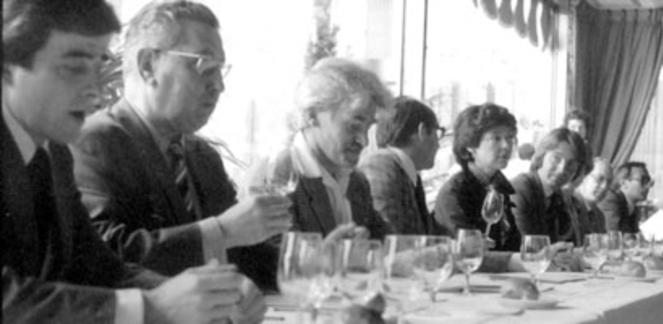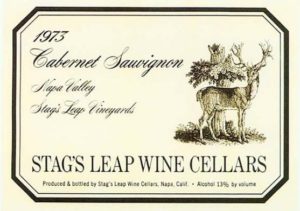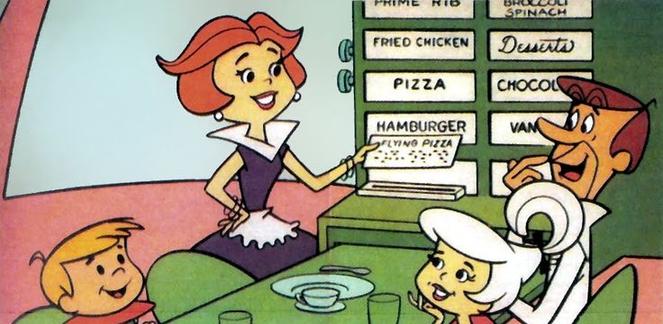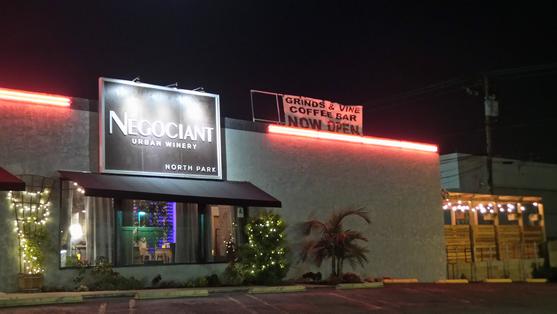That May day in 1976, a magical day for Americans and American wines. That day we had two wines, a California Chardonnays and a California Cabernet Sauvignon that were selected as winners in a blind taste test by French wine experts. That day we proved we could make a copy of a French wine good enough to fool the experts. That day the American wine industry became forgers and counterfeiters.
Too harsh? Perhaps, but let’s look at the differences between the Old World wine rules and the New World freedoms and then stare in wonder at how we got to the same taste profile.
Old World wines, and especially French wines are defined by their rules. They use an Appellation d’origine contrôlée (AOC) system. These AOC rules closely define which grape varieties and winemaking practices are approved for classification in each of France’s several hundred geographically defined appellations. These AOCs can cover entire regions, individual villages or even a specific vineyard. All of these rules are hard fast rules in Old World wines, and were created to ensure the wine created in each AOC would always have as close to the same taste profile as possible.

New World wines, and especially American wines and winemakers are not limited by these same ridged rules. There is a freedom, just like the new freedoms and the new form of government that was promised America’s citizens in 1776, to do what you wanted, so long as you harmed no one else. That isn’t to say there are no rules imposed on American and other New World winemakers, but the rules are more based on labeling and naming.
It isn’t my intent to tell the whole story of American wine making in this article, feel free to Google it and be amazed, it is a fantastic story. I’m going to start my discussions around the time leading up to 1976. The American wine scene was maturing. Many of the leading winemakers in California were European immigrants. These winemakers were attempting to make a wine in the Napa Valley that was as good as the wines that were considered to be the gold standard of the day, French wine. These were also the same style wines that had been instrumental in developing the palates of many of these European winemakers.
And who could fault these wine makers for trying to create a wine to rival the leading French wines of the day? To be the champ you have to beat the champ, and winemakers make wine they like and want to drink. These winemakers liked French style wines. However, isn’t it possible to beat the champ while fighting your own fight?
As I understand the results of the judging that took place that day, our winemakers succeeded. The judges were not able to tell which wines were French, and which wines were American. We fooled them into thinking these American grapes (Old World varietals), grown in a much warmer climate with richer soil, could taste just like theirs. Mission accomplished. So we won. Or did we?
We took all of the uniqueness of California, and all the freedoms allowed in American wine growing and wine making and created something that tasted the same as the French wines. That isn’t historically the American way. We have always borrowed from Europe, their laws, their language, and their culture, and make it uniquely American. We could have done the same with their wine, but we didn’t, we decided to copy it.
We had the opportunity to create a different flavor profile that didn’t, and still doesn’t exist in the Old World. Then we could have said, here, try this. This is not like anything you have tried before, but it is good. No. In fact it is great. It is great because we have applied American ingenuity into creating something new, not simply copying something that already exists. We could have taken the grapes and leveraging the advantages we have here in the New World. We didn’t do that. So did we lose?
I’m sure you have heard the phrase, win the battle but lose the war. Here we are, 40 years after the judgement in Paris, and France is still the number one wine producing country in the world. Why? In my opinion it is because French wines are still viewed as the originals, the Rolex of wines. While our wines are looked at like a cheap knock-off wines and are never viewed as quite as good. Even if the American wines are as good, they are still seen as a really good copy, when compared to the originals.
What if we had created our own originals? We wouldn’t be seen as producing a cheap copy, we would be seen as producing a different original, and we would have been creating one or more new New World Taste Profiles that generations would be identifying with. In some ways I guess we have, where else can you get a nice White Zinfandel?
I love American style wines. Those big fruit forward tastes. I am also proud that Stag’s Leap and Chateau Montelena won back in 1976. I guess I just wish they could have won while expressing something new, a little “Je ne sais quoi”.


